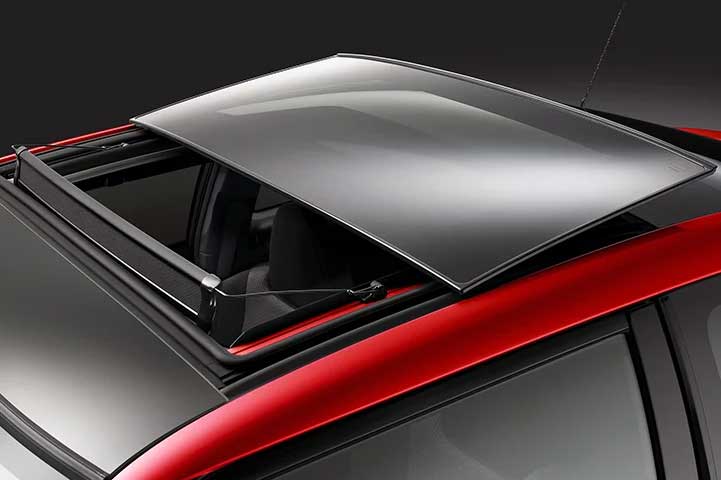How PFPE lubricants help create a quieter and more comfortable riding experience
Although today's cars are designed to provide a smoother ride experience and quieter interior compartments, improved sound insulation can isolate road and engine noise, making it easier to hear external noise from the car. Unfortunately, most standard greases cannot fully address the challenges posed by noise, vibration, and acoustic roughness (NVH), as well as buzzing, squeaking, and creaking noise (BSR) in automobiles. Conventional lubricating grease may also undergo chemical reactions with materials in contact, leading to component degradation or discoloration.
Automobile manufacturers optimize tire tread to reduce road noise, and use foam and insulating materials to reduce rattle and noise in the compartment. Just as they innovate in design to solve the problems of noise, vibration and acoustic roughness (NVH), buzzing, squeaking, creaking and other car noise (BSR), they are also considering using a class of high-performance lubricant, which is compared with silicone based lubricants, These squeaks and creaks can be more effectively reduced or eliminated.

This type of perfluoropolyether (PFPE) based lubricant meets the performance and lifespan requirements of today's automobiles, including chemical inertness, durability, compatibility with various materials used in vehicle structures, and low volatility.




